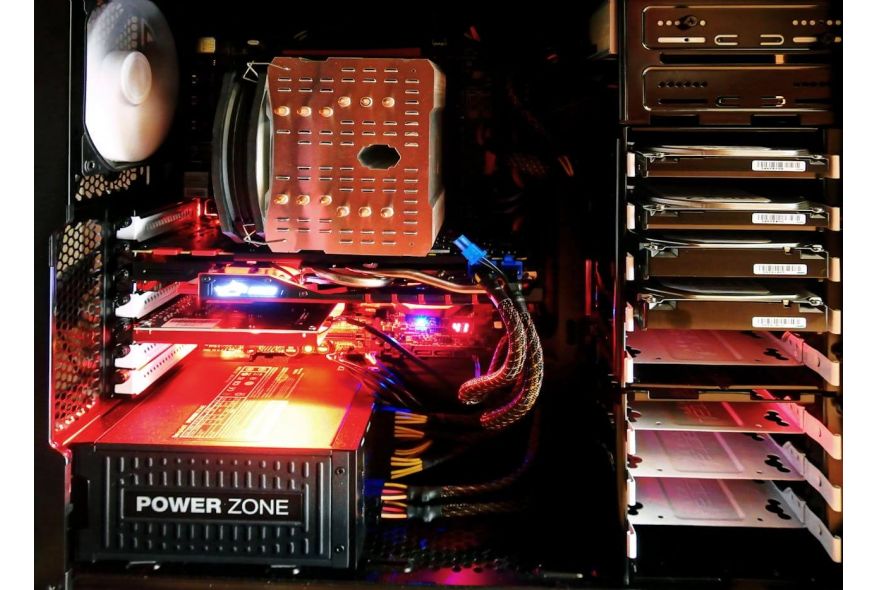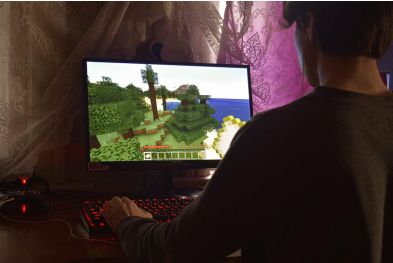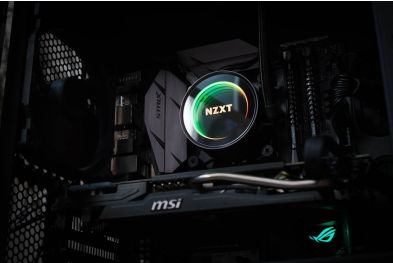How to Test Your PC’s Stability After Building
Building your own PC is an exciting and rewarding experience, but the job isn’t done once all the components are installed. To ensure your system runs smoothly and reliably, you need to test its stability. Stability testing helps identify potential issues like overheating, crashes, or hardware failures before they become major problems. In this guide, we’ll walk you through the steps to test your PC’s stability after building it.
Why Test Your PC’s Stability?
Testing your PC’s stability is crucial for several reasons:
- Identify Hardware Issues: Catch problems like faulty RAM, overheating CPUs, or unstable GPUs early.
- Ensure Reliability: Confirm that your system can handle heavy workloads without crashing.
- Optimize Performance: Fine-tune your settings for better performance and efficiency.
- Peace of Mind: Know that your PC is ready for gaming, editing, or other demanding tasks.
Tools You’ll Need
Before starting, download these essential tools for testing your PC’s stability:
- CPU Stress Test: Prime95, AIDA64, or IntelBurnTest.
- GPU Stress Test: FurMark, MSI Kombustor, or 3DMark.
- RAM Test: MemTest86 or Windows Memory Diagnostic.
- Temperature Monitoring: HWMonitor, Core Temp, or MSI Afterburner.
- Benchmarking: Cinebench (CPU) and Unigine Heaven (GPU).
Step 1: Check BIOS/UEFI Settings
Before running any tests, ensure your BIOS/UEFI settings are configured correctly:
Enable XMP/DOCP: If you’re using high-speed RAM, enable XMP (Intel) or DOCP (AMD) to ensure it runs at its advertised speed.
Check Fan Curves: Adjust fan speeds to ensure adequate cooling during stress tests.
Verify Boot Order: Ensure your system boots from the correct drive (e.g., your SSD or HDD with the OS installed).
Step 2: Test CPU Stability
Your CPU is the brain of your PC, so it’s essential to ensure it’s stable under load.
Run a CPU Stress Test:
Open Prime95 or AIDA64 and select the “Small FFTs” or “Stress CPU” option.
Let the test run for at least 30 minutes to an hour.
Monitor Temperatures:
Use HWMonitor or Core Temp to check CPU temperatures.
Ensure temperatures stay within safe limits (typically below 85°C for most CPUs).
Check for Errors:
If the test crashes or shows errors, your CPU may be unstable. Consider adjusting voltages or clock speeds in the BIOS.
Step 3: Test GPU Stability
Your GPU handles graphics-intensive tasks, so it’s crucial to ensure it’s stable, especially for gaming or rendering.
Run a GPU Stress Test:
Open FurMark or MSI Kombustor and select a stress test option.
Let the test run for at least 15-30 minutes.
Monitor Temperatures:
Use MSI Afterburner or HWMonitor to check GPU temperatures.
Ensure temperatures stay within safe limits (typically below 85°C for most GPUs).
Check for Artifacts:
If you see visual glitches or artifacts during the test, your GPU may be unstable. Consider lowering clock speeds or increasing fan curves.
Step 4: Test RAM Stability
Faulty RAM can cause crashes, blue screens, and data corruption, so it’s essential to test its stability.
Run a RAM Test:
Use MemTest86 or Windows Memory Diagnostic to test your RAM.
Let the test run for at least one full pass (this can take several hours).
Check for Errors:
If the test detects errors, your RAM may be faulty. Try reseating the RAM sticks or testing them individually to identify the problem.
Step 5: Test Storage Drives
Your storage drives store your operating system and data, so it’s important to ensure they’re functioning correctly.
Check SMART Data:
Use tools like CrystalDiskInfo to check your drives’ SMART data for signs of failure.
Run a Benchmark:
Use CrystalDiskMark or AS SSD Benchmark to test your drives’ read/write speeds.
Check for Errors:
If your drives show slow performance or errors, consider backing up your data and replacing the drive.
Step 6: Run a Full System Benchmark
Once individual components are tested, run a full system benchmark to ensure everything works together smoothly.
Use Cinebench (CPU) and Unigine Heaven (GPU):
These benchmarks test both CPU and GPU performance under realistic workloads.
Compare Scores:
Compare your scores to similar systems online to ensure your PC is performing as expected.
Step 7: Monitor Real-World Performance
Finally, test your PC’s stability under real-world conditions:
Play Games: Run demanding games to see how your system performs.
Edit Videos or Render Projects: Test your PC’s stability during intensive tasks.
Monitor Temperatures and Usage: Use monitoring tools to ensure your system stays cool and stable.
Final Thoughts
Testing your PC’s stability after building it is a crucial step to ensure it runs smoothly and reliably. By following this guide, you can identify and resolve potential issues before they become major problems. Whether you’re a gamer, content creator, or casual user, a stable PC will provide a better experience and last longer.
Reminder:
Found this guide helpful? Share it with your friends and fellow PC builders on social media! Let’s help everyone build stable and reliable systems. 🚀
By following these steps, you’ll be able to test your PC’s stability and ensure it’s ready for whatever you throw at it. Happy building!







